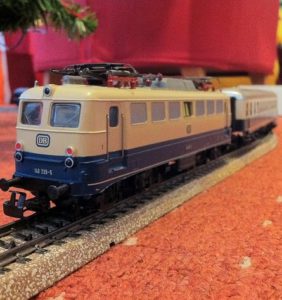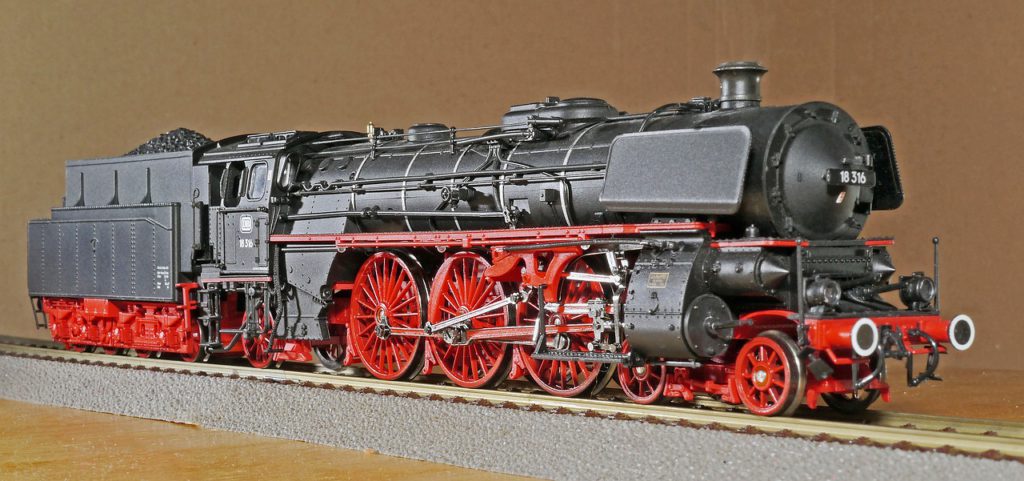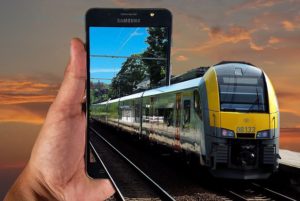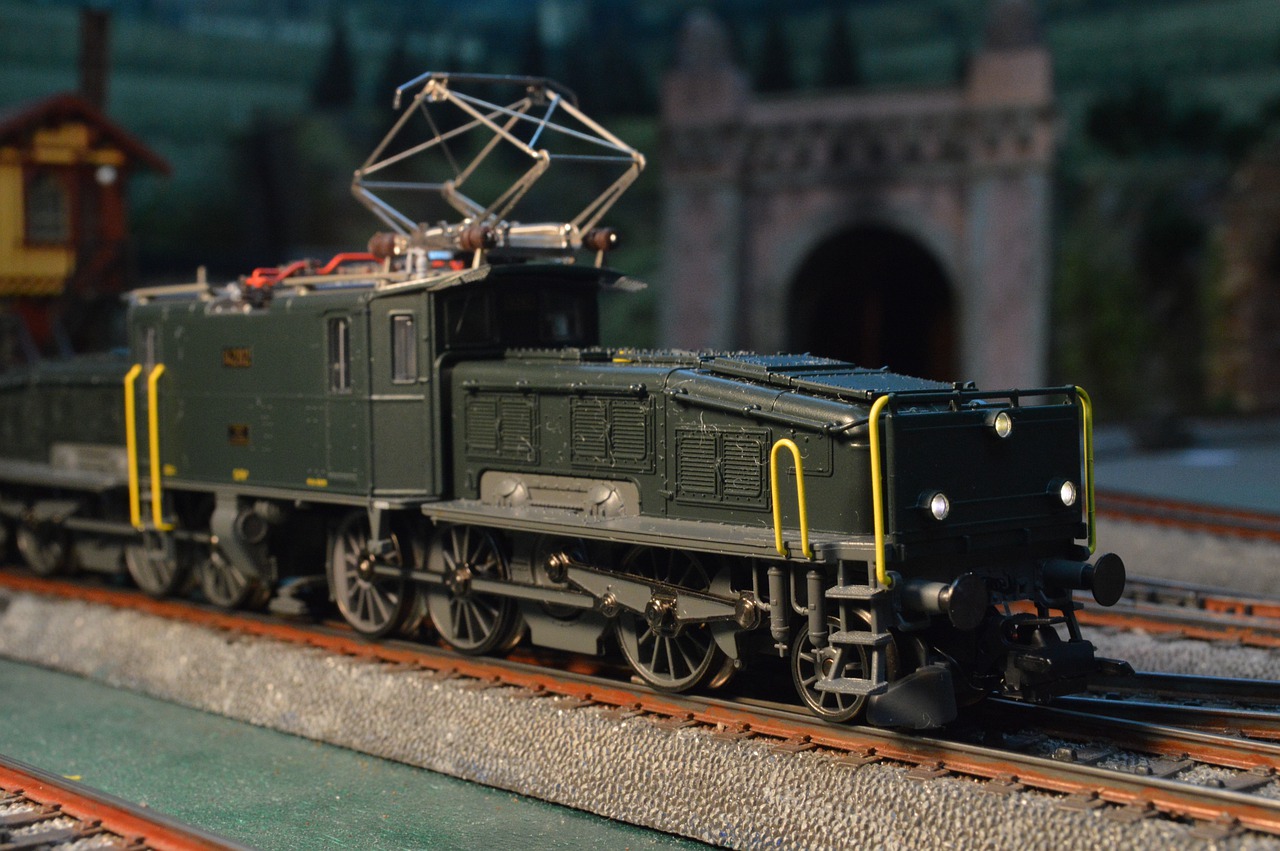People love trains, as we can see in lots of popular media. Plenty of movies feature trains and some even have trains as the main setting for their plot. Just look at The Big Bang Theory and Sheldon Cooper, a doctor of physics who really, really loves trains. Thomas the Tank Engine has become somewhat of a meme, due to the theme song, but the main point still gets across, people love trains.
Some people like riding on trains, which is a pretty common and safe way of transportation, not to mention that it is easy on those with motion sickness. Some train fans love building model railroads. Model railroads actually have a history of their own and it dates back to the middle of the 19th century. Here is a brief history of model railroads.
The Early Days of Model Railroading

Model railroads actually started their journey quite a long time ago. Back in the 1840s, people built so-called carpet railways. These models had no actual railroad tracks, but they did have an actual live steam locomotive which would run across the floor, or in most cases, across a carpet, hence the name carpet railway. These locomotives had a boiler, simple oscillating cylinders and could run until they crash into something or the fuel runs out. The earliest models would explode eventually, due to a lack of safety valves. A safety valve was added to models after a couple of exploded early samples.
The Rise of Actual Model Railroads
Given how locomotive toys became popular and given that trains were the only reliable and readily available sources of transport at the end of the 19th century, in 1891, a German company named Marklin developed standard track gauges and the first railroad models. This was a breakthrough in model railroad history and marks the start of mass production of railroad models. They also provided you with their own locomotive, which was based on a wind-up mechanism, which would run on the railway.
5 years later, Carlisle and Finch from the United States developed electric locomotives which would run on metal tracks.

The “Golden Age” of Model Railroading
The 1920s were considered to be the “golden age” of model railroading. Most people think that these years were the best for model railroading, yet the sets available at the time were very expensive and could actually only be bought by the rich. Whether rich people’s children or enthusiastic hobbyists, model railroading in the 1920s was extremely expensive.
The Digital Age
Fast forward to the 1980s and you have companies like Lionel from the United States and Marklin from Germany, still here, still making model trains. By the 1970s, plastic was widely used as the main material for producing toys. Actual serious models, for the professionals and enthusiasts exist, and are made of metal and cost upwards of 2000 euros for a single piece, like a locomotive.

Digitally controlled locomotives started becoming available in the 1980s, which obviously became better and nowadays, they are controllable by your own mobile phone. There is a very clear difference between beginner sets, toys, gifts and professional sets and pieces, meant to satisfy the need for detail, built with precision and care.
Model railroading started as a product for people to play with in their living rooms and grew exponentially to a hobby which millions of people indulge in. From dangerous steam locomotives to electric detailed remakes which are digitally controlled, model railway has come a long way in the last 180 years. Modular sets and pieces which you can add afterwards make this a neverending hobby you can always add more to.

